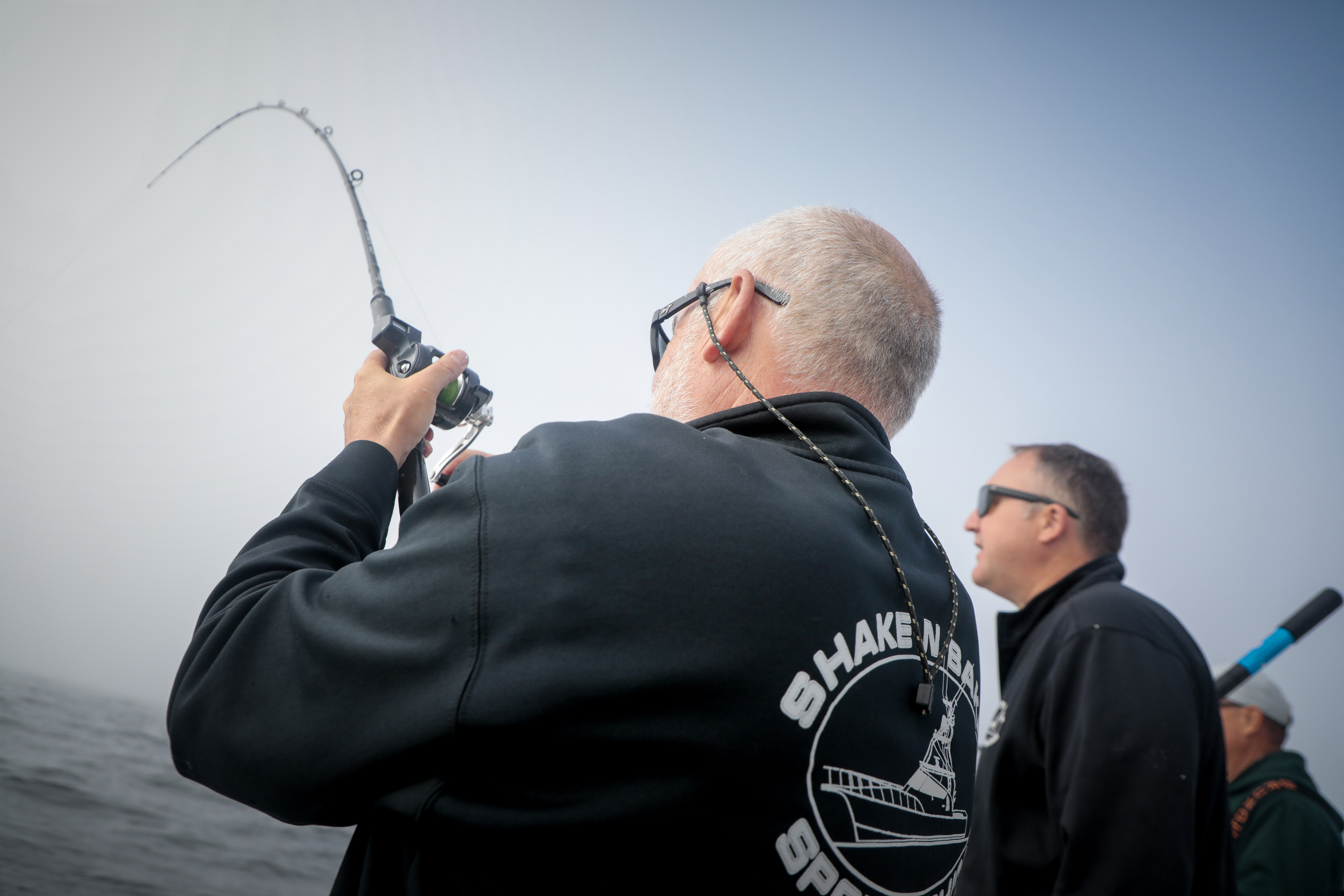Birding: Spending time on the beach for the birds
Published 3:50 pm Wednesday, January 15, 2020

- Snowy plovers were counted in larger numbers this year compared to those counted in 2018.
On the Beach for the Birds
Trending
Last week, I wrote about two species related to our Christmas Bird Count area for 2019, namely the non-existent red crossbills and pine siskins that were here one day and then gone a few days later! In addition to the 14-acre wetland area and bay front, the three of us, Susan, Bette Lu and me, were also assigned to bird the north ocean beaches for the Christmas Bird Count, roughly from south of Klipsan to the tip of the peninsula.
The wind speed was zero, the temperature was 46 °F., and the rain held off for the day, but the tide was high that Saturday morning. The waves were crashing on the beach sounding like thunder at times. It was just before the “King Tide” days of December so it meant less time on the beach than we would have liked due to the lateness in the timing of the very high tide, and the fact that we were birding on the day of the winter solstice, the shortest day of the year!
We managed well, with Susan at the wheel we navigated the beach perfectly and obeyed all the rules of good beach driving. We didn’t get stuck and we didn’t disturb the shorebirds and gulls. We counted and photographed, but did not disturb them in any way. There were large flocks of dunlin resting side by side. One group of about 4,000 birds huddled together looking like a soft, dark brown, carpet covering the sand. It seemed to go on forever. Heads were tucked under wings and one leg was often tucked in as well. The dunlin were resting peacefully on the beach unlike the few sanderlings that were about racing with the waves hoping for some goodies left behind as the frothy, white waves receded. A few weeks ago sanderlings were in the vast majority on the beach, but on the count day they were less numerous, numbering 614 in our count area. As if seeking protection in numbers, three Western sandpipers stood silently and still at the edge of the large flock of dunlin.
Trending
The “big boys” were seen in larger numbers than we expected. Over 150 black-bellied plover were foraging on the beach. They were often in flocks of 15 or so, but seldom more. They seemed to be dancing along the edges of the waves as they rolled out sea, but stopping every once in a while, to snatch a tasty morsel that gave away its presence in the soft sand.
One of the most exciting happenings of the day was the sighting of the Peninsula’s famous snowy plover. They are generally seen one or two at a time and all the while exhibiting typical plover behavior, run and stop, run and stop, foraging as they went. Today was no different! Eighteen of these pale, little puff-like balls were seen. Five more than we remembered seeing in last year’s bird count. Perhaps all the restoration efforts and energy that has been given to this endangered species is beginning to pay off in spades. Small groups of semipalmated plover were also present on the beach. Their yellowish legs and complete dark breast band made them easy to identify.
The most common gull counted that day was the western gull, followed by glaucous-winged gulls and western gull hybrids, and then, followed by glaucous-winged gulls and ring-billed gulls. Most were lazing on the beach. Those at the approaches seemed to waiting for handouts.
Twenty-two species were counted by the three of us along the beach including, nine bald eagles, 75 double-crested cormorants flying with the ocean waves way out on the sea, 13 American crows and three common ravens. It was a fine bird day. Being with the birds brings home their importance in the grand scheme of life and how important it is to do everything possible to ensure their survival.
”Common Birds of the Long Beach Peninsula,” by Kalbach and Stauffer, is available from the Chinook Observer, Bay Avenue Gallery, Time Enough Books and the Long Beach Peninsula Visitors Bureau









